
Constitution Day is September 17, and in addition to honoring our founding document, it’s a good time to get to know James Madison, the man known as the Father of the Constitution, a little better.
Madison, in the person of interpreter Bryan Austin, will feature in two Constitution Day programs: The U.S. Constitution Then and Now and To Support and Defend. We hope you’ll join us. But even if you can’t, get to know Mr. Madison a little better this week with these 5 illuminating facts.
#1 He came to Williamsburg during the Revolution
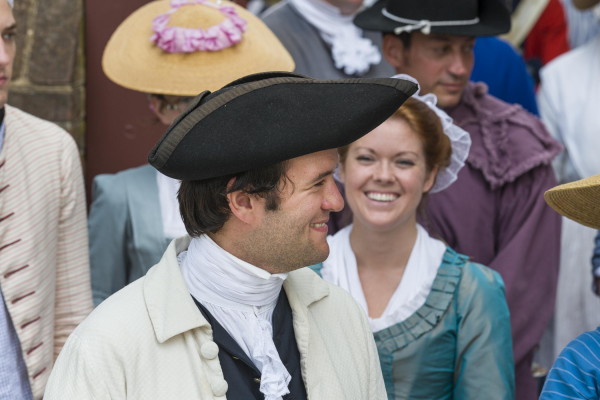
Madison attended the Fifth Virginia Convention, where the colony became the first to vote for independence, in 1776. The House of Delegates elected Madison to fill a vacancy in the governor’s council in 1777. The first business taken up after he arrived in town was responding to Gen. Washington’s pleas for supplies—especially food—for the Continental Army. Gov. Patrick Henry and the council directed that 2,600 bushels of salt be sent, and “eight or ten thousand hogs and several thousand fine beeves” be driven from Virginia to the army’s encampment.
In Williamsburg, the 26-year old Madison found lodgings with his second cousin, the Rev. James Madison, at his residence on the campus of the College of William & Mary, where Rev. Madison was president (confused yet?). Young James later repaid his cousin with a large shipment of flour from back home in Orange County.
#2 He knew how to start a party
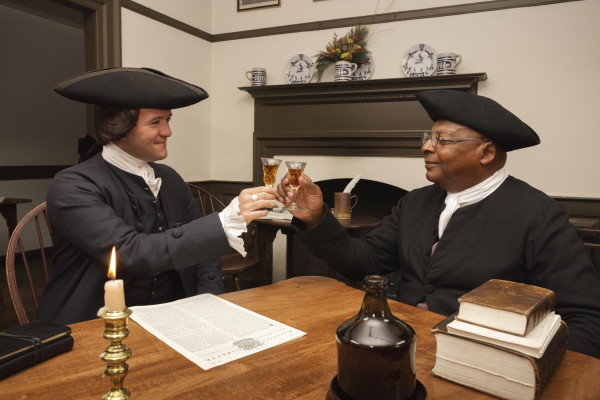
With his co-conspirator Thomas Jefferson, Madison was instrumental in the creation of the Democratic Republican Party that emerged to challenge the Federalists in the 1790s. To the consternation of George Washington (and plenty of others), this was the inauguration of an American two-party system.
But he could enjoy more than a political party. At a dinner party Madison was attending as secretary of state in 1804, he remarked that the champagne “was a most delightful wine when drank in moderation but that more than a few glasses always produced a headache the next day” (reported another party goer).
But the prospect of a hangover did not deter these brave souls. They decided that Saturday night was the right night to test the claim. “Bottle after bottle” was consumed, but, it was reported, the only effects were “animated humor and active conversation.”
#3 He was the original man in black
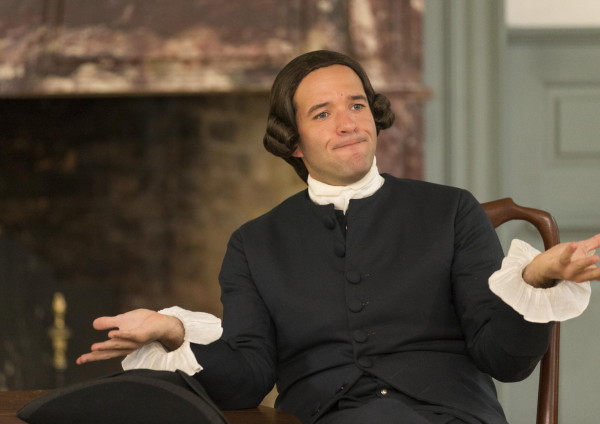
By the time Madison reached middle age, he had about as much sartorial variety as Ford’s original cars: any color, as long as it was black.
A good, statesmanlike color, and often favored in the federal era. But lest you think this was some strain of vanity peculiar to that era, let Paul Jennings, an enslaved African American man who was born at Madison’s Montpelier and served the family until he gained his freedom in 1846, explain:
He was very neat, but never extravagant, in his clothes. He always dressed wholly in black — coat, breeches, and silk stockings, with buckles in his shoes and breeches. He never had but one suit at a time. He had some poor relatives that he had to help, and wished to set them an example of economy in the matter of dress.
#4 He’s the only sitting president to take command on the field of battle
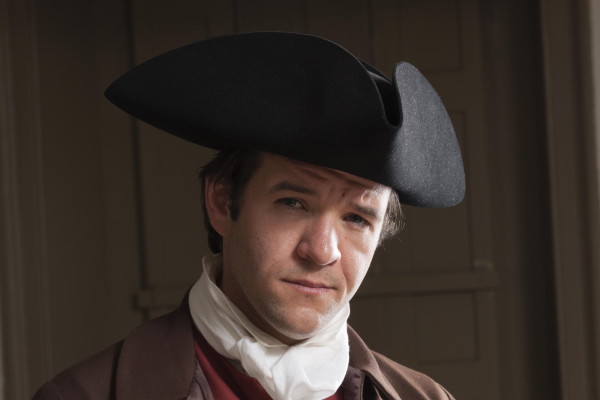
Madison was no military man, but the War of 1812 came to his doorstep while he was president. On August 22, 1814, as British forces converged on the capital in Washington, he rode out to Old Fields, MD to review and encourage the troops. During the overnight visit, he questioned two British deserters, whose information was alarming enough that he wrote immediately to wife Dolley that she “should be ready at a moment’s warning” to evacuate the White House.
Two days later, the Battle of Bladensburg was already underway when he arrived on the scene. Armed with only a pair of dueling pistols, he observed the fighting firsthand until it was clear the Americans would lose. When he got back to the White House, it was empty.
#5 He was serious buddies with Thomas Jefferson
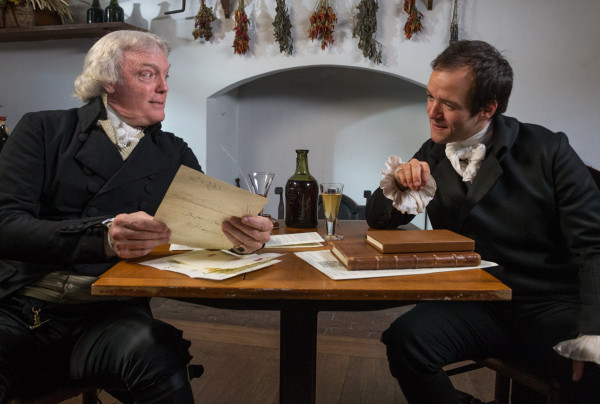
It’s pretty well known that Madison and Jefferson were close political allies. Paul Jennings wrote, “While Mr. Jefferson was President, he and Mr. Madison (then his Secretary of State) were extremely intimate; in fact, two brothers could not have been more so. Mr. Jefferson always stopped overnight at Mr. Madison’s, in going and returning from Washington.”
Their friendship went way back. Madison even measured critters for his friend when Tom was posted in France in the 1780s. You see, at that time there was a lot of trash talking about whether the new United States was really up to European standards. Some, like France’s Comte de Buffon, thought that American animals were likely degenerate versions of European stock.
Madison shared Jefferson’s interest in the natural world and helped him rebut Buffon’s claim with the study of quadrupeds.
In 1786 Madison wrote to his friend describing his dissection of a female weasel for the study. In addition to dozens of measurements and a very detailed description of the weasel’s physical traits, he wrote, “Its smell was a sort of rankish musk, but not so strong as to be very offensive.”
The things friends will do for each other…

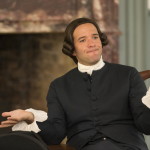
Another fine piece, Bill. Bryan Austin is remarkably good.
For those who can’t make Constitution Day at Colonial Williamsburg (or those who wish to prepare for it), here is a podcast debate between Bryan, as Madison, and Richard Schumann (who is also remarkable) as Patrick Henry, over ratification: http://ywc.podomatic.com/entry/2014-03-28T09_40_47-07_00. Warning: it gets a little raucous!